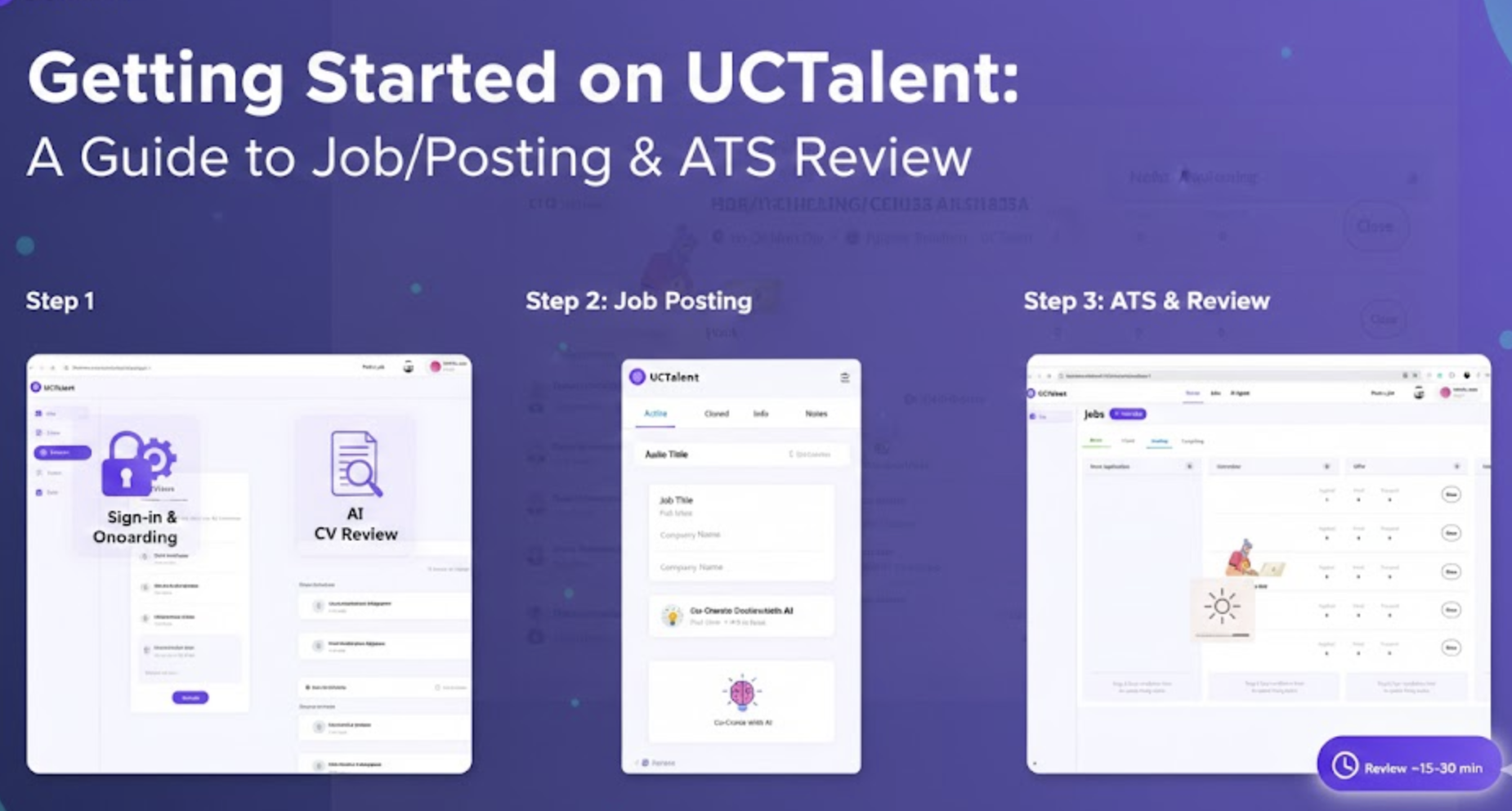What is Web3?
Web3 - Inspiration for a New Era
“ Web3 is a place where anyone can own a piece of anything”
Welcome to the wild side of the internet! Web3 has arrived, and it's here to shake things up with its rebellious spirit and cutting-edge technology. Say goodbye to the old, boring web and get ready for a thrilling ride into the future. Web3 is like that mischievous kid who refuses to play by the rules. It's decentralized, transparent, and ready to challenge the status quo. With blockchain as its secret weapon, Web3 brings a whole new level of excitement and possibilities to the digital world.
What is Web3?
Web3 is a term that refers to the next evolution of the Internet, focusing on decentralization and ensuring privacy for users. It represents a new decentralized system, built on blockchain technology and cryptographic protocols, to create and run decentralized web3 applications without the need for intermediaries.
Web3 aims to empower users with self-sovereignty and ownership of their data while creating a more equitable business environment and offering new services and applications. With Web3, users have full control over their personal information and can engage in direct transactions without relying on traditional intermediaries.
Web3 also enables the development of decentralized applications and smart contracts, opening up new forms of business and online interactions. It provides opportunities for building applications based on trust, high security, and peer-to-peer interactions.
In summary, Web3 is the evolution of the Internet, providing a new approach to building and accessing online services, ensuring privacy, and creating a more equitable environment for all users.
If you feel so boring with this definition, you see below:
Web3: Imagine the Internet transforming into a wild werewolf party, where blockchain and cryptocurrencies are the drinks, and the users are the wolves. Nobody knows who is telling the truth, but at least we rely on trustworthy technology to uphold a fair game and break free from the web of deceitful traditional wolves.
The growth of Web

Web1
To gain a better understanding a
Web1, also known as the first generation of the World Wide Web, emerged in the early 1990s. During this period, websites mainly consisted of static pages that provided basic information with limited interactivity. Web1 was characterized by simple HTML pages, hyperlinks, and the ability to access information across different websites using web browsers.
Websites in the Web1 era were primarily informational and lacked dynamic content or advanced functionalities. They served the purpose of displaying text, images, and basic formatting. User interaction was limited to navigating between pages by clicking on links.
Web1 also witnessed the introduction of early search engines such as Yahoo! and AltaVista, which improved the efficiency of discovering and exploring web content. However, these search engines primarily focused on organizing and indexing static web pages, rather than delivering personalized or dynamic experiences.
Overall, Web1 established the groundwork for the modern web by introducing the concept of interconnected web pages accessible through browsers. However, it fell short in terms of advanced features, interactivity, and personalized experiences that would be seen in subsequent web generations.
Web2
Web2, the second generation of the World Wide Web, emerged in the early 2000s and marked a significant shift in the development of the internet. Unlike Web1, which primarily featured static websites, Web2 introduced dynamic and interactive web experiences, paving the way for the modern internet landscape we know today.
Web2 was characterized by the rise of social media platforms, user-generated content, and the advent of web applications. It enabled users to actively participate in the online space, share information, and collaborate with others. Websites became more dynamic, offering features such as forums, blogs, and multimedia content.
One of the key aspects of Web2 was the emphasis on user engagement and interactivity. Websites started to integrate interactive elements, such as commenting systems, voting mechanisms, and real-time updates. This shift empowered users to contribute, interact, and shape the content and conversations taking place on the web.
Web2 also witnessed the emergence of e-commerce platforms, online marketplaces, and streaming services. These developments transformed the way businesses operated, as they could now reach a global audience and provide personalized experiences to their customers.
Overall, Web2 revolutionized the internet by fostering a more interactive and participatory online environment. It laid the foundation for social networking, content sharing, and collaborative platforms that have become integral parts of our daily lives.

Conclusion
In conclusion, web3 represents a new era of the internet, empowering individuals and revolutionizing the way we interact, transact, and collaborate online. By harnessing the potential of blockchain technology and decentralized applications, we pave the way for a more inclusive, secure, and innovative digital ecosystem. It's an exciting time to be part of the web3 revolution and harness its endless possibilities.







.png)




